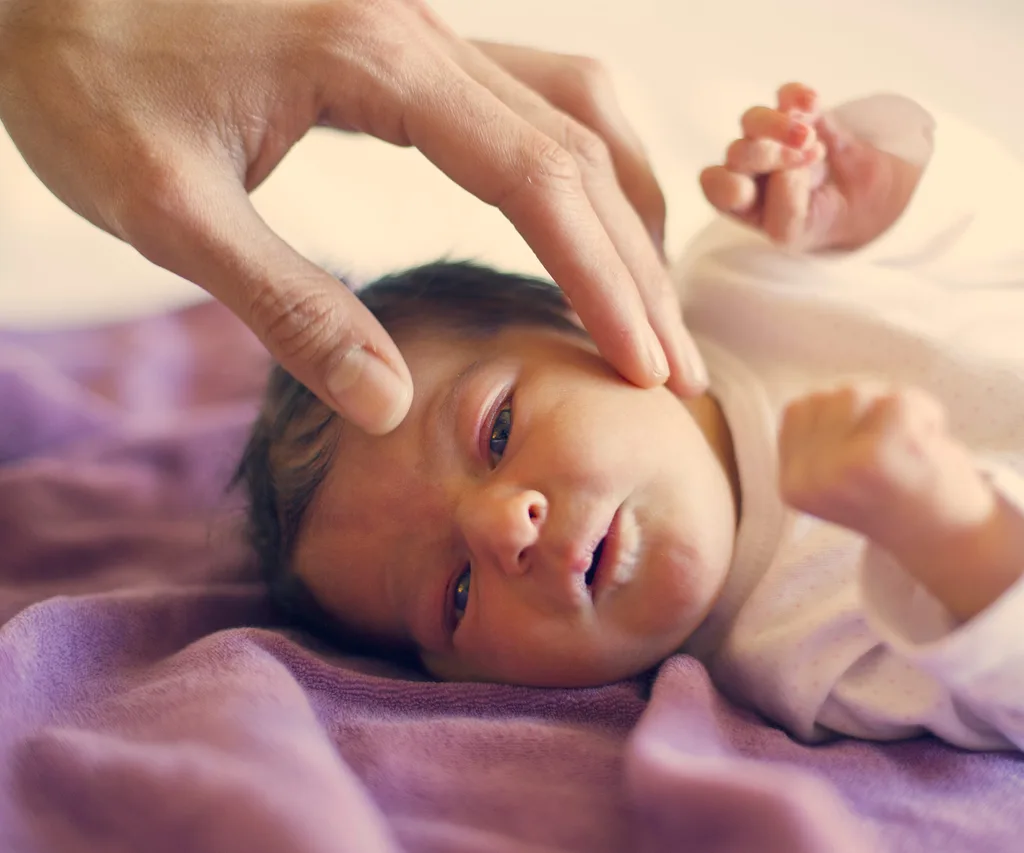Australian researchers have happened upon a ground-breaking treatment for the potentially fatal pregnancy condition of pre-eclampsia.
The complication arises when the placenta releases a toxin into the mother’s bloodstream, damaging blood vessels and causing organ failure, and ultimately forcing an early delivery.
While this may save mum’s life, it also puts babies at risk of death, disability and cerebral palsy.
The condition affects around one in every 20 pregnancies, and kills approximately 76,000 women a year, but that number may soon dwindle dramatically as researchers have discovered what could be a life-saving treatment.
Nexium, a drug commonly used to treat reflux, has just been found by medical professionals from Melbourne’s Mercy Hospital for Women to be surprisingly effective in stopping the productions of the deadly toxins from the pre-eclamptic placenta.
According to the study published in medical journal Hypertension, the drug was also successful in lowering blood pressure – the main risk factor of pre-eclampsia.
Lead researcher Dr Hannan and her team were “astonished” at the promising results.
“Babies are often born severely premature due to preeclampsia,” Hannan told HuffPost Australia.
“If we can give them a few more weeks inside mum, that can mean life or death. Buying an extra week or two can be the difference between whether they’ll have difficulties breathing or not, or blindness.”
Trials are now set to commence in Cape Town, South Africa, where there are high rates of the complication.

In Australia alone, pre-eclampsia occurs in 5-10 per cent of pregnancies, and 2 per cent of these cases can be life-threatening to both mother and her child.
In very serious cases, a medical emergency may occur when the placenta separates from the uterine wall, causing the mother-to-be experience vaginal bleeding and abdominal pain.
Around 60,000-70,000 women are killed each year around the world, as are around half-a-million babies.
Who suffers from pre-eclampsia?
While Better Health Victoria state that it’s often difficult to pin-point who is at risk, they have predicted who is most vulnerable:
• Women in their first pregnancy
• Women with diabetes
• Women with a family history of the condition
• Women with high blood pressure
How is pre-eclampsia treated?
Currently, there is no medicinal cure for pre-eclampsia, but symptoms like high blood pressure and convulsions can be controlled through medication.
Until this new discovery may be put in place, experts say the only real cure is to deliver the baby and the placenta.
Often there are symptoms (like fluid retention) that some women pass off as a normal sign of pregnancy, but, in fact, it could be an indicator of pre-eclampsia. This is what it is vital to keep up with antenatal checks.
If untreated, sufferers of pre-eclampsia may experience dizziness and headaches, abdominal pain (just below the ribs), vomiting and nausea, and in extreme cases, convulsions, kidney and liver failure, as well as clotting problems.
If you wish to learn more about preeclampsia, contact your local GP.


.jpg?resize=380%2C285)
